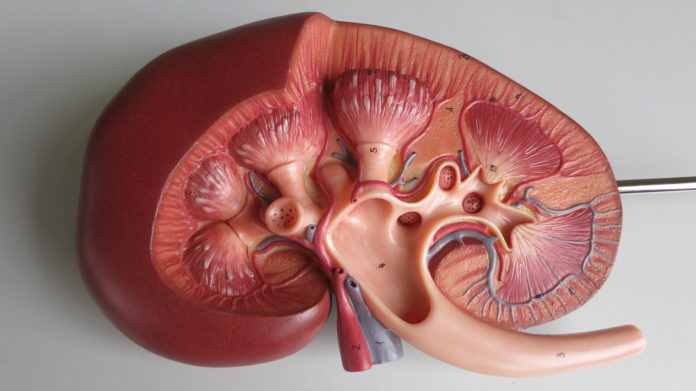The effect of oral antibiotics in increasing kidney stone risk is more pronounced in kids
Antibiotics are linked with an increased risk of developing kidney stones, with the greatest risk among children.
A new study published in the Journal of the American Society of Nephrology (JASN) revealed that certain antibiotic use is linked with an increased risk of kidney stone, particularly in children, adolescents and young women.
Kidney stones are crystalline structures made of minerals and salts like calcium oxalate that form inside the kidneys. Risk factors for kidney stones include dehydration, high fat diet, animal protein, high salt intake and obesity. Globally, incidence of kidney stones have gone up by 70% over the last 30 years.
Nearly 15% of the population of northern India suffers from kidney stones. In India, the “stone belt” (increased risk of kidney stones) includes parts of Maharashtra, Gujarat, Punjab, Haryana, Delhi and Rajasthan.
The study included data of over 13 million adults and children seen by general practitioners from electronic health records in the United Kingdom between 1994 and 2015. The team analyzed prior antibiotic exposure for nearly 26,000 patients with kidney stones, compared to nearly 260,000 control subjects. The researchers determined the association between 12 classes of oral antibiotics with kidney stones.
The five classes of oral antibiotics associated with a diagnosis of kidney stone disease were oral sulfas, cephalosporins, fluoroquinolones, nitrofurantoin, and broad-spectrum penicillins.
Results showed that patients who received sulfa drugs were more than twice as likely as those not exposed to antibiotics to have kidney stones; for broad-spectrum penicillins, the increased risk was 27 percent higher.
The strongest risks for kidney stones were in children and adolescents. The risk of kidney stones decreased over time but remained elevated several years after antibiotic use.
In India, overall incidence of kidney stones is about 12% and 50% of these patients may end up with loss of kidneys or renal damage. Nearly 15% of the population of northern India suffers from kidney stones. In India, the “stone belt” (increased risk of kidney stones) includes parts of Maharashtra, Gujarat, Punjab, Haryana, Delhi and Rajasthan.
Disruptions in the intestinal and urinary flora have been linked to the occurrence of kidney stones, but this is the first study to reveal an association between antibiotic usage and stones.
Dr. E. Tasian, MD, MSCE, a paediatric urologist at Children’s Hospital of Philadelphia (CHOP), the lead author of the study said, “Our findings suggest that antibiotic prescription practices represent a modifiable risk factor–a change in prescribing patterns might decrease the current epidemic of kidney stones in children.”
Children receive more antibiotics than any other age group, and 30% of antibiotics prescribed to children during ambulatory care visits are not necessary.
“These findings demonstrate that exposure to certain antibiotics is a novel risk factor for kidney stones and that the risk may be greatest when exposure to these antibiotics occurs at younger ages,” said Dr. Tasian.


